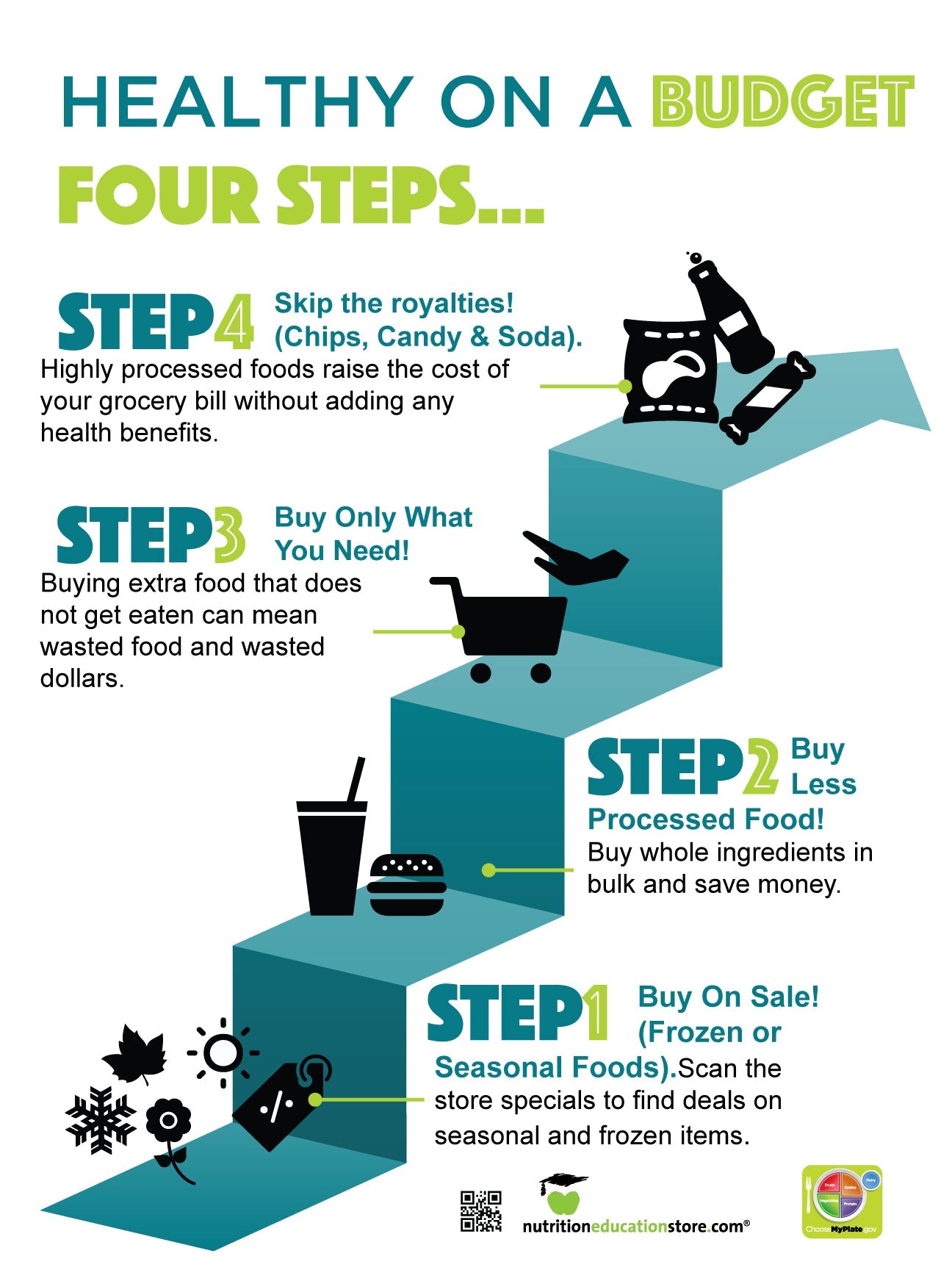 Thanksgiving is tomorrow! Are you ready for it? Here’s a fun post from Cheryle Jones Syracuse that will remind your clients about food safety for leftovers, helping them keep their holiday celebrations safe and festive. Don’t miss the free quiz handout!
Thanksgiving is tomorrow! Are you ready for it? Here’s a fun post from Cheryle Jones Syracuse that will remind your clients about food safety for leftovers, helping them keep their holiday celebrations safe and festive. Don’t miss the free quiz handout!
It takes hours — days if you count the shopping, planning, and chopping — to cook a Thanksgiving dinner. Then it usually takes less than one hour for the bountiful holiday meal to be eaten.
So, what’s left to do? The guests are watching football and it’s time to clean up (already?). This isn’t the time to forget about food safety. While overindulging can cause an upset stomach, so can eating food that was improperly handled or stored. Don’t get careless with those leftovers!
Here’s a quick quiz to use with your students or clients that can help reinforce some basic Thanksgiving (and year round) leftover practices.
Answer TRUE or FALSE to the following questions…
- TRUE or FALSE. Since it cooked for a long time, and you checked the temperature when it was done, and the refrigerator is so full, it’s okay to leave the turkey (and all the other goodies) to sit out for hours after the meal so that people can pick at it and make sandwiches.
- TRUE or FALSE. Food should be allowed to cool before you put it in the refrigerator.
- TRUE or FALSE. Leftover packs for guests should be refrigerated as soon as possible.
- TRUE or FALSE. Leftovers will keep for a week after Thanksgiving.
- TRUE or FALSE. A quick “zap” in the microwave is good enough to warm up your leftovers.
Answers:
- FALSE. Just because it’s a holiday and your refrigerator is full does not mean that the “two-hour rule” isn’t in effect. Food should not be allowed to sit at room temperature for more than two hours. Two hours is enough time for bacteria to multiply to the quantity that could cause foodborne illnesses. This is cumulative too. If you leave the leftovers on the dining room table for one hour, then later leave them out on the counter for 30 minutes to make sandwiches, you will only have a half-hour window left.
- FALSE. See above for the “two hour rule.” If you have a large amount of hot food, then it’s best to divide it into smaller portions and put them in the refrigerator as soon as possible. Or, better yet, cool the food by putting it in an ice bath or cold water bath before putting it into the refrigerator. On the same note, don’t store the stuffing inside the turkey.
- TRUE. It’s wonderful that you’re sharing the leftovers with your guests, but make sure that this food is safe too. Think about the two-hour rule. If they won’t be leaving for several hours, make sure this food is refrigerated. If they’re traveling for more than two hours, make sure that they have a cooler or way to keep the food cold for the trip.
- FALSE Leftovers should be eaten within 3 to 4 days. Keep them in the coldest part of your refrigerator (not the garage or the back porch). If you have more leftovers than can be eaten within the recommended leftover time (Monday), then you can freeze them. Frozen turkey, plain, will keep for 4 months at 0 degrees F or below. Turkey covered with broth or gravy will keep for 6 months at the same temperature. Stuffing and gravy will only be good for about a month. These foods will be safe for a longer time, but may become dry, lose flavor, or drop in quality. This goes for that turkey carcass too! If you don’t have time to make soup out of it right away, wrap it carefully and freeze it. Then it will be there to make soup when you have more time.
- FALSE Reheat leftovers thoroughly. Merely warming leftover gravy, sauces, and soups will not get them hot enough to kill bacteria. These foods should be simmered or boiled until they’re steamy hot throughout. If you’re using a microwave, cover your food while cooking and then allow standing time for a few minutes so that the temperatures inside can even out. Leftovers should reach at least 165 degrees F.
And there you have it! A quick quiz to help your clients celebrate Thanksgiving safely and happily, leftovers and all.
By Cheryle Jones Syracuse, MS, Professor Emeritus at The Ohio State Univeristy
Here’s an easy-to-print PDF copy of the quiz! Enjoy!
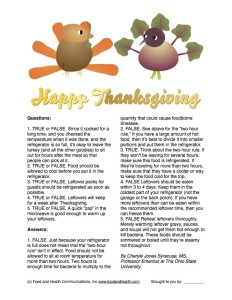
There are tons of holiday resources in the Nutrition Education Store — which will you try first?
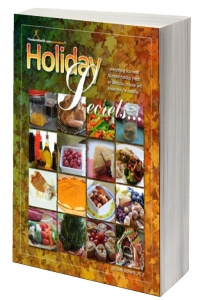
Holiday Secrets Cookbook
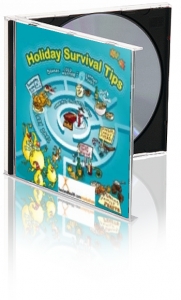
Holiday Survival: Keep Off the Pounds PowerPoint and Handout Set
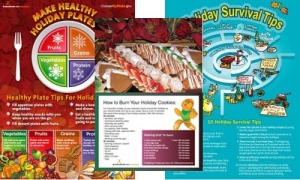
Holiday Poster Set



